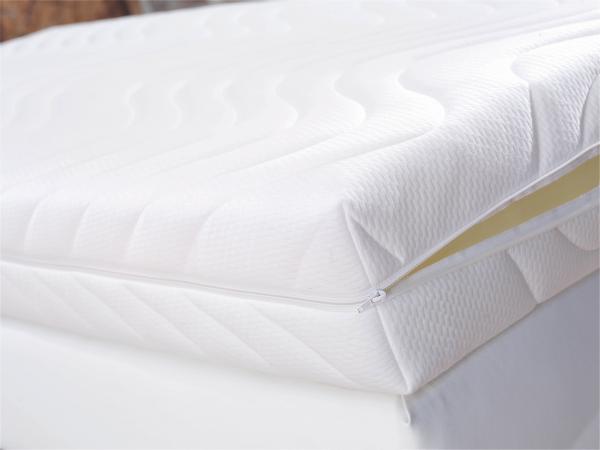The Food and Drug Administration has issued an alert about the dangers posed by damaged or worn protectors on medical bed mattresses.
From January 2011 to January 2013, the FDA received 458 reports associated with the failure of medical bed mattress protectors to prevent fluid ingress, which may occur if mattress protectors become worn or damaged from small holes or rips in the fabric or from incorrect cleaning, disinfecting and laundering procedures. The zipper on the protector also may allow fluid to penetrate the mattress.
Some reports have indicated that if blood and body fluids from one patient penetrate a mattress, they subsequently can leak out from the mattress when another patient is placed on the bed. Patients are at risk for infection if they come into contact with blood and body fluids from other patients.
A medical bed mattress protector provides outer protection to a medical bed mattress by preventing blood and body fluids from entering the inside of the mattress. Medical bed mattress protectors, whether water-resistant, waterproof or water-repellent, may lose their effectiveness over time. The duration of time a medical bed mattress protector is expected to last varies from manufacturer to manufacturer. In addition, the expected life of a medical bed protector may differ from that of the mattress itself.
The FDA suggests the steps as following:
Regularly check the medical bed mattress protector for any visible signs of damage or wear such as cuts, tears, cracks, pinholes, snags or stains.
Routinely remove the medical bed mattress protector and check its inside surface. Once the mattress cover is removed, inspect the mattress for wet spots, staining or signs of damage or wear.
Replace any medical bed mattress protector with visible signs of damage or wear to reduce the risk of infection to patients.
Using the encasement can reduce the damage to the mattress and the spread of disease.
Contact me: Tina Tao
Email me: [email protected]

